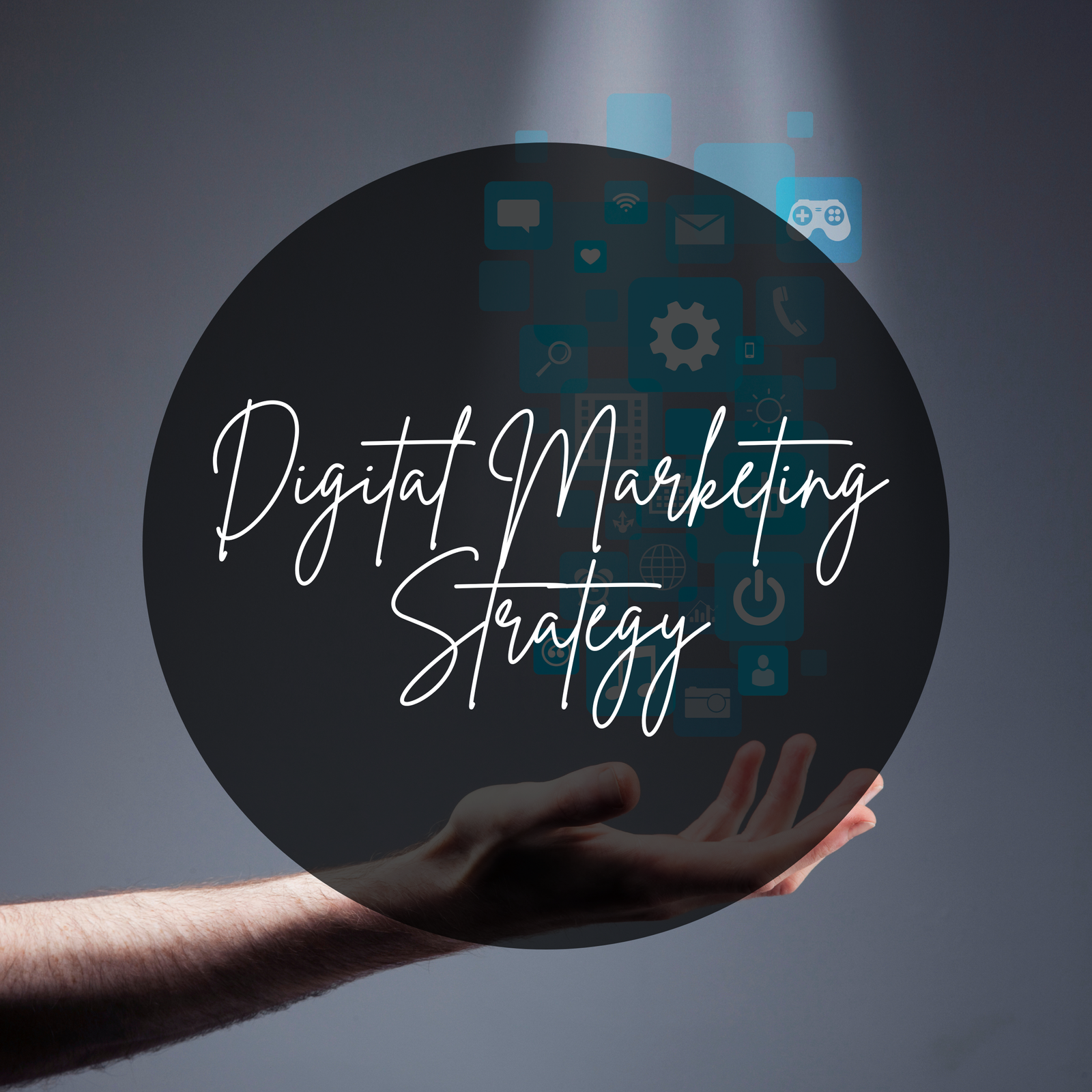A few years back, I was working with a small e-commerce business that was struggling to make its mark online. They were spending a decent amount on ads, posting randomly on social media, and hoping something would stick. Sound familiar? When I asked them about their digital marketing strategy, I got a blank stare. They had none—just a bunch of disjointed tactics. After we sat down, defined clear goals, and created a comprehensive plan, things changed. Sales went up, the right customers found them, and their return on investment (ROI) increased.
This experience cemented my belief: A good digital marketing strategy can make or break your online success. So, if you’re tired of throwing spaghetti at the wall to see what sticks, let’s break down how you can build a strategy that works.
What is a Digital Marketing Strategy?
Before diving into the nitty-gritty, let’s get clear on what a digital marketing strategy is. In essence, it’s a detailed plan that outlines how your business will achieve its marketing goals using online channels. This includes everything from social media to email campaigns, SEO, paid ads, and content marketing. A strategy keeps you focused, ensures all parts of your digital marketing efforts are aligned, and helps you measure success.
Why You Need a Digital Marketing Strategy
Without a clear strategy, you risk wasting time, money, and resources. You might target the wrong audience, use the wrong channels, or miss out on crucial opportunities. A digital marketing strategy allows you to:
- Clarify your goals
- Understand your audience
- Align your marketing efforts
- Allocate your budget effectively
- Track and measure your success
Now that you understand the “why,” let’s dive into the “how.”
1. Set Clear Goals and Objectives
Before you start picking platforms and creating content, you need to know what you’re aiming for. Your goals should be SMART: Specific, Measurable, Achievable, Relevant, and Time-bound. Here are some common examples:
- Increase website traffic by 25% in the next six months
- Grow email list by 1,000 subscribers within three months
- Boost Instagram engagement rate by 15% this quarter
These goals give you a clear target, and they also set the framework for tracking progress.
2. Know Your Audience Inside Out
Effective digital marketing hinges on understanding your audience. Who are they? What are their pain points, desires, and online habits? Here’s how you can get to know them:
- Create Buyer Personas: These are semi-fictional representations of your ideal customers based on demographics, behavior patterns, and motivations.
- Use Analytics: Platforms like Google Analytics, Facebook Insights, and customer surveys provide a wealth of data.
- Engage Directly: Don’t be afraid to ask your audience directly via polls, surveys, or social media interactions.
The better you know your audience, the easier it is to create content that resonates.
3. Choose the Right Channels
Not all digital channels are created equal, and you don’t have to be on all of them. Choose the ones where your audience hangs out and that align with your business goals. Here are some options:
- Social Media (Instagram, LinkedIn, Twitter, TikTok) for brand awareness and community building.
- Content Marketing (Blogs, Videos, Infographics) for SEO, thought leadership, and nurturing leads.
- Email Marketing for personalized communication and customer retention.
- Paid Advertising (Google Ads, Facebook Ads, LinkedIn Ads) for targeted traffic and conversions.
- SEO for long-term organic growth.
Each channel has its strengths, so choose wisely based on your audience and objectives.
4. Develop a Content Plan
Content is the heart of digital marketing. Without valuable and engaging content, it’s impossible to attract and retain an audience. Your content plan should include:
- Content Types: Blog posts, videos, infographics, podcasts, case studies, etc.
- Content Calendar: Schedule for when and where you’ll post content.
- SEO Strategy: Keyword research, on-page optimization, and backlink building.
- Content Pillars: Core topics that are relevant to your audience and align with your brand.
Great content educates, entertains, and empowers your audience—and it drives them to take action.
5. Optimize Your Website for Conversions
Your website is your digital storefront, so make it count. Optimize it for both user experience (UX) and conversions. Here are some tips:
- Clear Call-to-Actions (CTAs): Use buttons and links that guide visitors towards a goal (e.g., “Sign Up Now,” “Download Free Guide”).
- Fast Load Times: A slow site can deter visitors. Use tools like Google PageSpeed Insights to check speed.
- Mobile Responsiveness: Ensure your site looks and functions well on all devices.
- Landing Pages: Create dedicated landing pages for your campaigns to improve conversion rates.
6. Implement, Test, and Refine Your Strategy
Once you have your plan in place, it’s time to implement. This is where the rubber meets the road. But don’t just “set it and forget it.” Digital marketing requires constant refinement. Here’s how:
- A/B Testing: Experiment with different versions of ads, emails, and landing pages to see what performs best.
- Track Metrics: Use tools like Google Analytics, SEMrush, or HubSpot to track your KPIs (Key Performance Indicators).
- Adjust as Needed: If something isn’t working, don’t be afraid to pivot. Marketing is as much about learning as it is about executing.
7. Measure Success and Report
What good is a strategy if you can’t measure its success? Regularly review your goals and KPIs to see what’s working and what’s not. Create monthly or quarterly reports that track:
- Traffic and Engagement Metrics: Page views, session duration, social media engagement.
- Conversion Rates: How many visitors turn into leads or customers.
- Return on Investment (ROI): Measure the effectiveness of your campaigns by comparing costs and revenue.
Consistent reporting helps you make informed decisions and proves the value of your efforts to stakeholders.
Start with a Plan, Win with a Strategy
Digital marketing isn’t about flashy trends or doing what everyone else is doing—it’s about finding what works for you and your audience. Start with a solid plan, choose the right channels, and be willing to adapt along the way. Remember, marketing is a marathon, not a sprint. Success doesn’t come overnight, but with a clear strategy and consistent effort, you’ll see the results.
So, ready to stop throwing spaghetti at the wall and start building a strategy that drives real results? Grab a notebook, jot down your goals, and let’s get started!
With this guide, you have the framework to create a digital marketing strategy that’s tailored to your business. Remember, the more effort you put into planning and refining your strategy, the more successful your marketing will be. Happy strategizing!

